Choosing the best smartwatch for your wrist depends on many factors, starting with compatibility with your smartphone depending on its operating system (Android or iOS), your usage, your preferences in terms of design, screen, and price.
To best match your smartphone, it may be a good idea to choose the same brand, whether it's Apple, Samsung, Xiaomi, OnePlus, or Huawei, but not all smartwatches offer the same range of features or the same level of battery life. It depends a lot on the price, but the cheapest models aren't the least durable.
To give you the best advice, many of the models in this guide have been worn and tested, and we've included an article with more detailed measurements and comments on our feedback. This will give you a better idea of the accuracy of the measurements, the range of features, and the actual battery life. Rest assured, not all of the models we recommend are overpriced.
Our selection of the best smartwatches in 2025 starts at 99 euros. Some models are also available on sale. So without further ado, let's take a look at the models we recommend, their strengths, and their limitations.
The best smartwatches under 250 euros
The first models of smartwatches are available at prices around a hundred euros. At this level, it is possible to find smartwatches with a beautiful design, very decent battery life, and some of the health and sports sensors found on more premium models, such as GPS.
The main compromise of these watches is in the access to downloading third-party applications, and the accuracy of the sensor measurements. We detail each of the strengths and weaknesses of the models mentioned in this first part of the guide.
Between 100 and 250 euros, we recommend 4 models in this ranking of the best smartwatches.
- Amazfit Active 2 at 99 euros
- Xiaomi Redmi Watch 5 at 120 euros
- Huawei Watch Fit 3 at 159 euros
- Samsung Galaxy Watch FE at 229 euros
- Apple Watch SE at 249 euros
Amazfit Active 2
Among the big favorites of this year 2025, let's mention the new connected watch Amazfit Active 2. Launched last winter, it is the least expensive model in our selection at 99 euros. With its elegant design, metal finishes, and bright, well-defined 1.32-inch AMOLED display (2000 nits), it's hard to believe this is the most affordable model.
The watch's size fits most wrists, as the case measures 44 mm and is 9.9 mm thick. Its weight will vary between 29.7 grams and 32.3 grams depending on the version chosen, which is very light. The battery remains very decent, with a battery life of between 5 and 7 days.
The Amazfit Active 2 watch's software offers an interface that, like the watch's design, is intended to be "timeless," according to the brand. The dials are indeed simple, and many features are displayed. But you'll have to cross off third-party apps.
The watch's compromise also lies in its sports sensors (GPS and cardio), which remain quite limited for accurate tracking. There's still an SpO2 sensor to measure blood oxygenation levels, and an NFC chip to make contactless payments with the watch.
The new Amazfit Active 2 is also available in a premium version, at 129 euros. It has a more durable sapphire screen (a very interesting choice for the longevity of the watch) in addition to a vegan leather strap. For athletes, it is also possible to download maps for offline use.
Xiaomi Redmi Watch 5
For a few euros more than Amazfit's entry-level watch, Xiaomi answers the call with the Xiaomi Redmi Watch 5 smartwatch. Its two strong points: a large screen and long battery life. The application is quite comprehensive, although you won't be able to download third-party applications. GPS and heart rate sensors are also lacking.
To stand out from the crowd, the Xiaomi Redmi Watch 5 smartwatch offers several features on its interface (weather, timer, task management, voice recorder, sports and health features). Its 2.07-inch AMOLED screen comes with a 10-day battery life.
Compared to an Amazfit Active 2, it will look more like an Apple Watch than a classic, understated watch. It's also larger with a 47.5mm case.
Huawei Watch Fit 3
Continuing with affordable smartwatches that mirror the Apple Watch design, let's talk about the Huawei Watch Fit 3. Launched last year, it's benefiting from promotions that help make it more affordable than its introductory price (€159). Its 1.82-inch AMOLED screen features software running on AppGalery, Huawei's operating system.
The Huawei Watch Fit 3 measures 43.2 mm and is 9.9 mm thick. It will be very light on the wrist, weighing only 26 grams. Despite everything, it is waterproof up to 50 meters.
The fact that Huawei does not run on Android or iOS will make many people wary, but the Huawei Watch Fit 3 is compatible with all smartphones and offers numerous sports features and the ability to receive notifications from your smartphone, whether Instagram, WhatsApp, Messenger, etc.
It will not be possible to download third-party applications, however, nor will it be possible to make NFC payments. The heart rate sensor does not offer very precise measurements either. On the other hand, the Huawei Watch Fit 3 smartwatch offers fairly decent GPS tracking for the price of the watch, as well as detailed sleep tracking. There's even an SpO2 sensor.
Samsung Galaxy Watch FE
At Samsung, the Samsung Galaxy Watch FE was released last year at a price of 229 euros. The entry-level model is now available for around €170. It features a 40mm case, a 1.2-inch AMOLED display, an NFC chip, and GPS. The watch is IP68 certified and available in three colors: black, pink, or silver.
Among the smartwatch models in our selection, the Samsung Galaxy Watch FE is one of those that will be reserved for a single smartphone brand, in this case Samsung. This is a prerequisite for enjoying all the services, such as the electrocardiogram (ECG) and blood pressure measurement.
Important clarification: to offer a smartwatch at a bargain price, Samsung has taken the base from an older watch, more than three years old. This doesn't stop it from offering fairly accurate GPS and heart rate sensors compared to its competitors.
Apple Watch SE (2022)
Apple has renewed its entry-level Apple Watch range by offering a new Apple Watch SE, its cheapest smartwatch. It's already three years old, but remains available for purchase, including on Apple's official store (without potential e-commerce promotions).
First of all, it's worth noting that the watch takes the lead over the others with access to third-party apps. At 249 euros, you'll have to choose the version of the Apple Watch SE without integrated cellular data (only WiFi), as well as the 40 mm version. The 44 mm version starts at 279 euros.
In addition to its price, we appreciate its finishes, the S8 chip shared by the Apple Watch Series 8 and Watch Ultra, but also and above all the access to the Apple Store. Weakness: battery life and very thick screen bezels.
The best smartwatches under 500 euros
Moving on to the category of best smartwatches between 250 and 500 euros, we find the market leaders, namely Samsung and Apple. But OnePlus and Google are also trying to make a place for themselves. Especially since Samsung and Apple are focusing on customers who already own a smartphone from the same brand.
With these smartwatch models, we move up a notch in terms of finishes, measurement accuracy, and access to third-party applications, via app stores (Play Store and Apple Store). In terms of battery life, however, we do less well, because smartwatches are more efficient, have better-defined screens, and are used more.
The 4 models in our selection of the best smartwatches between 250 and 500 euros are:
Samsung Galaxy Watch 7
The Samsung Galaxy Watch 7 smartwatch could be included in the lower category, because Its prices are now around 220 euros, 100 euros less than its starting price of 319 euros. This is the seventh generation of Samsung's main watch.
For the occasion, the brand has worked on the battery life of the Galaxy Watch 7, increasing it from 24 hours to 36 hours (with Always-on and sleep tracking). The 1.3-inch AMOLED screen with 2000 nits of brightness offers an interface where you can access third-party applications, as well as comprehensive health features. The watch is IP68 certified. It is available in 40 or 44 mm.
However, our tests showed that the GPS remains imprecise, the interface is sometimes a little confusing, and some features are reserved for Samsung smartphones (ECG, blood pressure).
OnePlus Watch 3
One of the most durable smartwatches on the market is the OnePlus Watch 3. Priced at €349, it offers an excellent 4-day battery life, with all systems activated, including the Always-on display and sleep tracking.
The OnePlus Watch 3's 1.5-inch display is very bright (up to 2200 nits), but it sits on a 46.6 x 47.6 x 11.75 mm body size that won't fit smaller wrists. Especially since to achieve such good battery life, the watch still weighs 49.7 grams, which is not insignificant.
But the watch has access to the Play Store and can therefore obtain third-party applications, and has a dual-frequency GPS for better accuracy and better signal reception. The data for physical activities is plentiful, with the added bonus of stride length when running or hitting speed in tennis.
Google Pixel Watch 3
Among the top smartwatches, we must mention Google and its new Pixel Watch 3. In the Wi-Fi version only, the watch starts at 349 euros. Available for the first time in two sizes (41 and 45 mm), the watch offers a 1.27-inch screen on the small case and 1.4 inches on the large one. Brightness reaches 2000 nits.
While Google highlights the Pixel Watch 3's super-responsive panel, it promotes a refresh rate that varies from 1 to 60 Hz, to limit power consumption. As a result, battery life reaches a day and a half with Always-on mode activated. The watch also stands out with comprehensive and accurate physical activity tracking, and a processor that allows for smooth use of apps even in the background.
Apple Watch Series 10
Let's return to Apple with the new queen of Apple Watches: the new Apple Watch Series 10. Thinner, more elegant, it costs 449 euros and offers fast charging (30 minutes from 10 to 80%) to counter the always limited battery life (count on a day of use).
Activity tracking is very good on the Apple Watch Series 10, with quality sensors. Whether it's GPS (even if there is no dual-band GNSS) or heart rate. That said, as we indicated in our test, the altimeter and elevation indication are not as good.
By accompanying the entire watchOS ecosystem, which allows us to migrate our smartphone to our wrist, the new Apple Watch Series 10 will also please, and above all, with its finesse and its finishes. Apple's new Watch is 1mm thinner, and the case is slightly larger to offer a 1.96-inch display on the 46mm case (a 42mm version is also available).
The Best High-End Smartwatches
There are watches that push the boundaries, whether in terms of features, thinness, but also robustness and longevity. To go far, without needing to recharge, and with a watch capable of following us on our adventures, we must aim for the top of the range.
Obviously, other watches exist, notably the Apple Watch Series 10 with special finishes, such as the Titanium case, at 799 euros, with the link bracelet (1149 euros). But we're going to focus on the adventure models, which start directly at more than 700 euros.
Three models stand out when we talk about high-end connected watches:
- Apple Watch Ultra 2 at 699 euros
- Samsung Galaxy Watch Ultra at 899 euros
- Garmin Fenix 8 at 999 euros
Samsung Galaxy Watch Ultra
The most affordable model in the selection is Samsung's, the Galaxy Watch Ultra, a major rival to the Apple brand's model. The company, which made its name with its strap in the same colors as the Apple Watch Ultra, still wants to differentiate itself with an even more robust case design.
Excluding the strap, the Samsung Galaxy Watch Ultra weighs 60 grams, and the titanium case is 12.1 mm thick. Naturally, the watch is IP68, compatible with 10 ATM for diving. As for the 1.5-inch screen, it offers a maximum brightness of 3000 nits, enough to provide great visibility, even in direct sunlight.
To become Samsung's most ambitious model, the Galaxy Watch Ultra goes all out to offer excellent build quality, precise measurements for GPS and heart rate, and a very pleasant One UI Watch interface.
The watch does, however, come with some limitations. Remember that it is incompatible with iPhones and focuses primarily on compatibility with Samsung smartphones. In terms of battery life, it's up to par for a lifestyle watch, but much less so for an outdoor sports watch (close to 48 hours).
Apple Watch Ultra 2
At Apple, the outdoor watch is already in its second generation. The new Apple Watch Ultra 2 was released with enhanced brightness of 3000 nits and features a 49mm titanium case weighing 60.5 grams. Like its Samsung rival, it can be submerged up to 100m (with measurements up to 40 meters, a far cry from the 6 meters of the Apple Watch Series 10).
Whether in terms of activity tracking or sleep tracking, we find the best from Apple. The thermometer in the watch can measure skin temperature or water temperature. Dual-frequency GPS keeps an accurate signal everywhere. Heart rate monitoring is accurate and responsive, even during interval training.
As with Samsung, the limit will be battery life, which remains below that of specialized outdoor watches. Obviously, the watch offers more than just a sports watch, with the entire watchOS ecosystem, which gives it an undeniable advantage in everyday life. Expect around 60 hours of battery life with typical use, with one hour of physical activity per day.
Garmin Fenix 8
To go beyond the battery life of smartwatches from Samsung and Apple, Garmin offers the Fenix 8. The brand's latest high-end watch, which goes further than the Epix Gen2, offers 47 hours of activity with GPS activated (12 hours with dual-frequency GPS). Otherwise, without activity launched, the battery life reaches 16 days. The battery life will vary between these two measurements depending on individual use.
Otherwise, like its competitors, the Garmin Fenix 8 weighs 60 grams, has an AMOLED screen (except for the Solar version), a thickness of 13.8 mm and a size of 43 mm, 47 or 51 mm. Depending on the size of the case, we will go from a sapphire screen (43 mm) to a Gorilla Glass 3 screen (47 and 51 mm). To achieve greater battery life, it limits its screen brightness to 1000 nits.
The Garmin Fenix 8 offers a flashlight, but its strong point as an accessory for everyday life and sports is its speaker, which provides access to voice assistants (Siri or Google). It also has NFC, like its two competitors from Samsung and Apple, as well as 32 GB of storage space.
Review: which smartwatch to choose and at what price?
To summarize, there are three main categories of smartwatches in 2025, and they are distinguished by their prices. At less than 250 euros, there are several brands that are trying to stand out with sleek designs, taken from higher-end models, with bright AMOLED screens and essential health sensors. However, these smartwatches don't have access to downloading third-party apps, and the sensor measurements are limited.
Between 250 and 500 euros, we find the core of the best smartwatches. You don't need to pay more to get a model with an excellent screen, access to downloading third-party apps, and accurate measurements for sports. But these models are generally distinguished by their belonging to an ecosystem (like Samsung and Apple).
At more than 500 euros, we find models that attempt to push the limits of robustness (titanium case), measurement accuracy, screen brightness, without losing too much battery life. These high-end smartwatches are all designed to be taken into outdoor environments. At Apple, it is also possible to find in this category an Apple Watch with a quality strap and more high-end finishes.

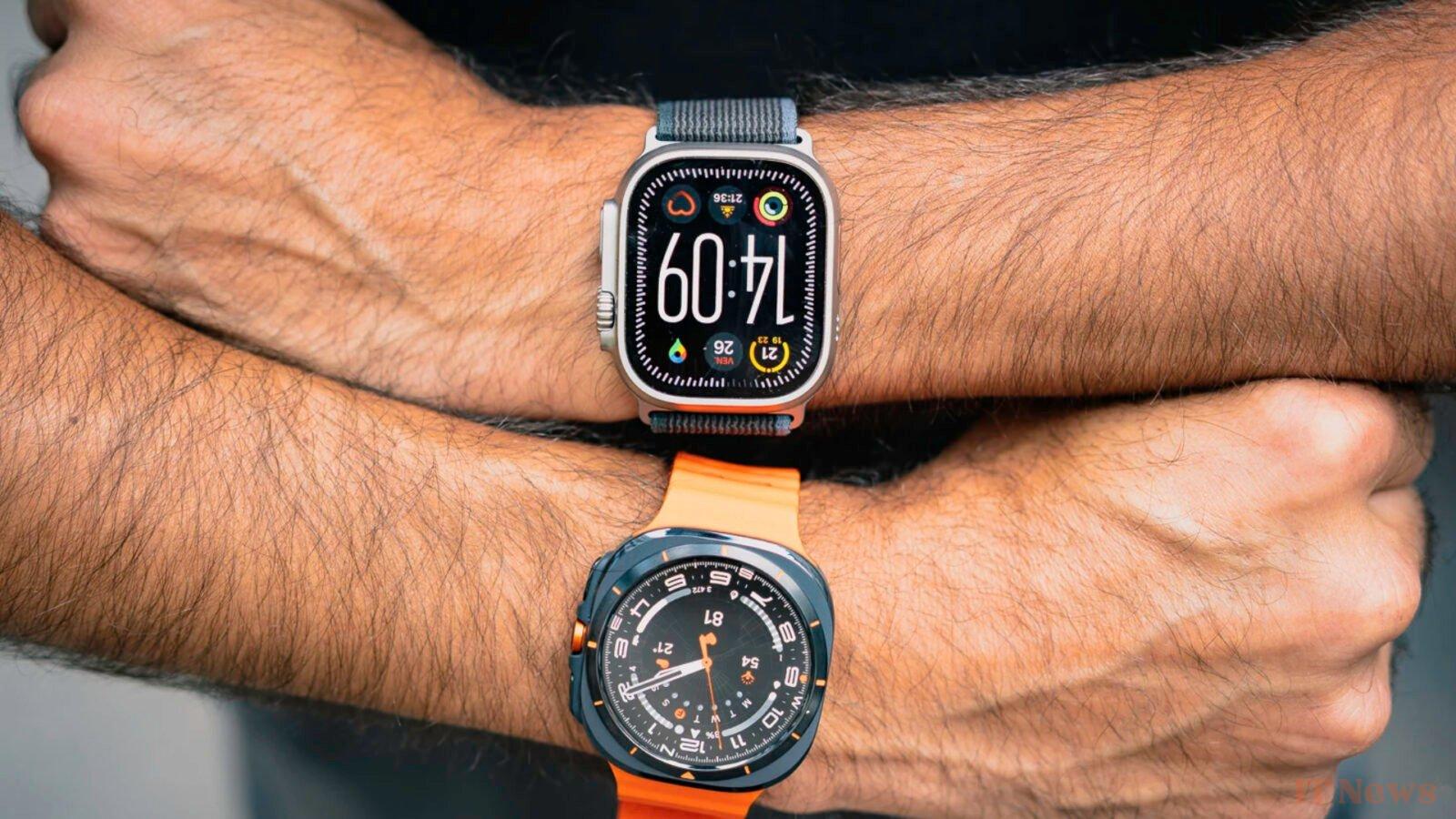
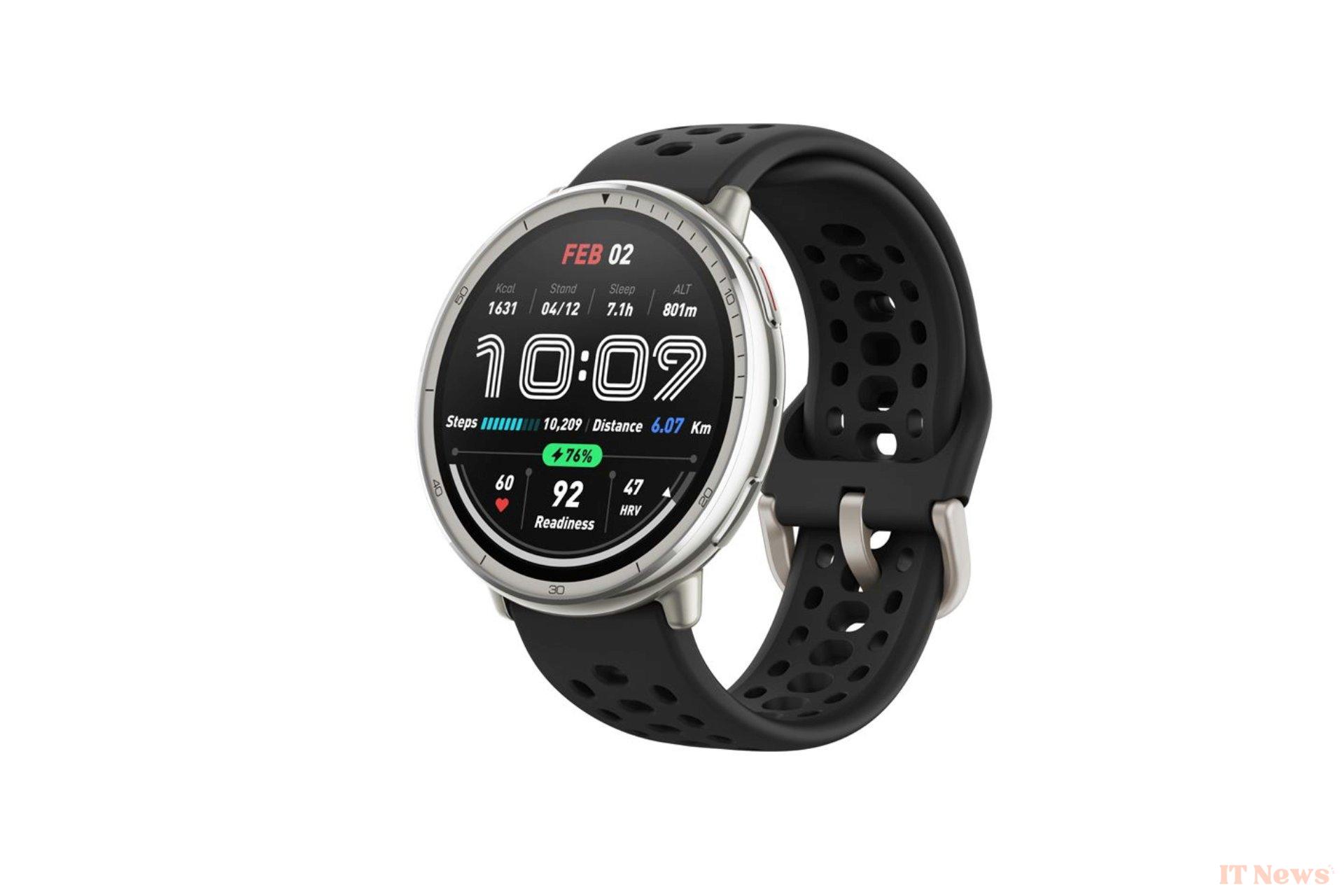
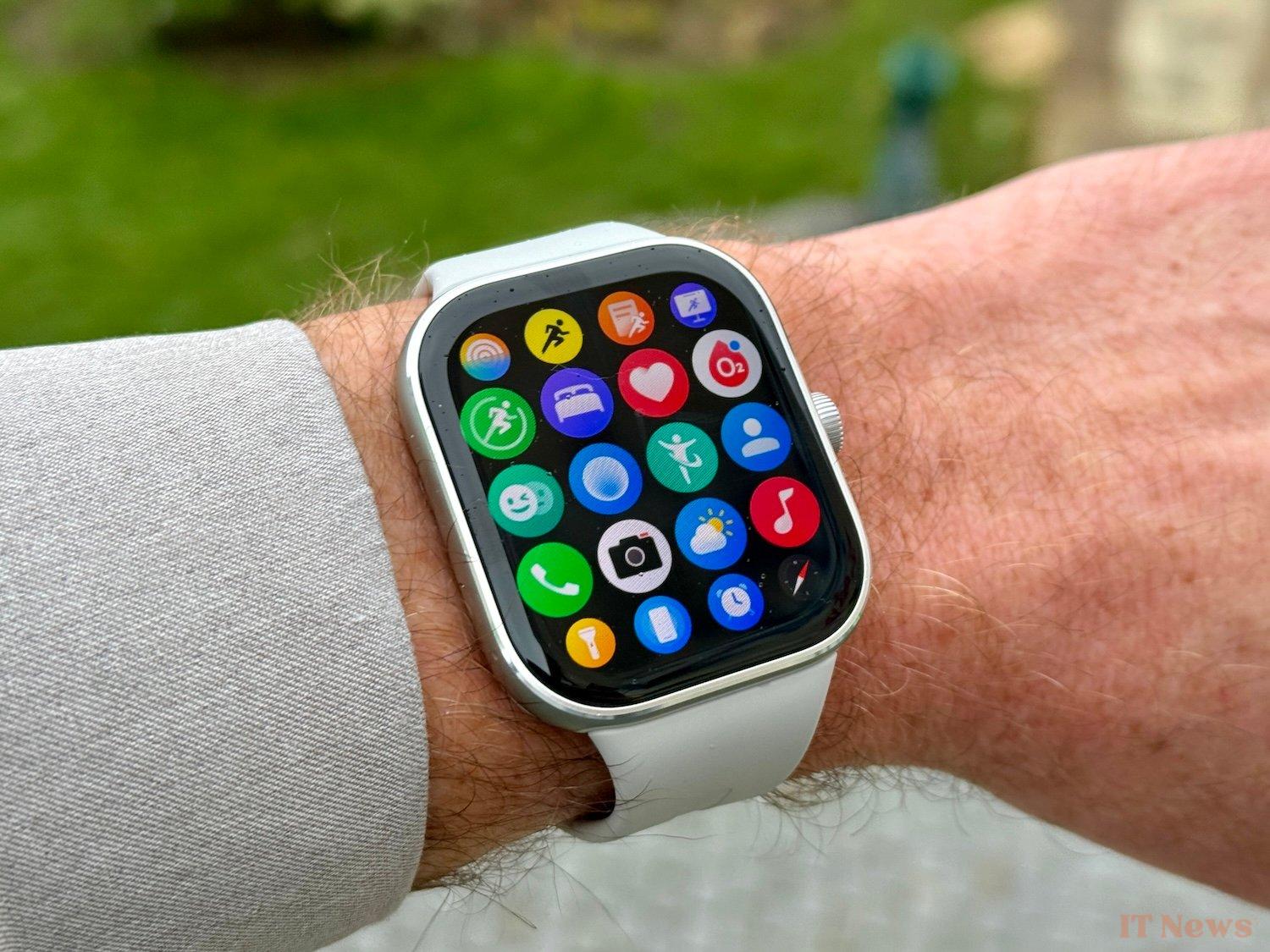
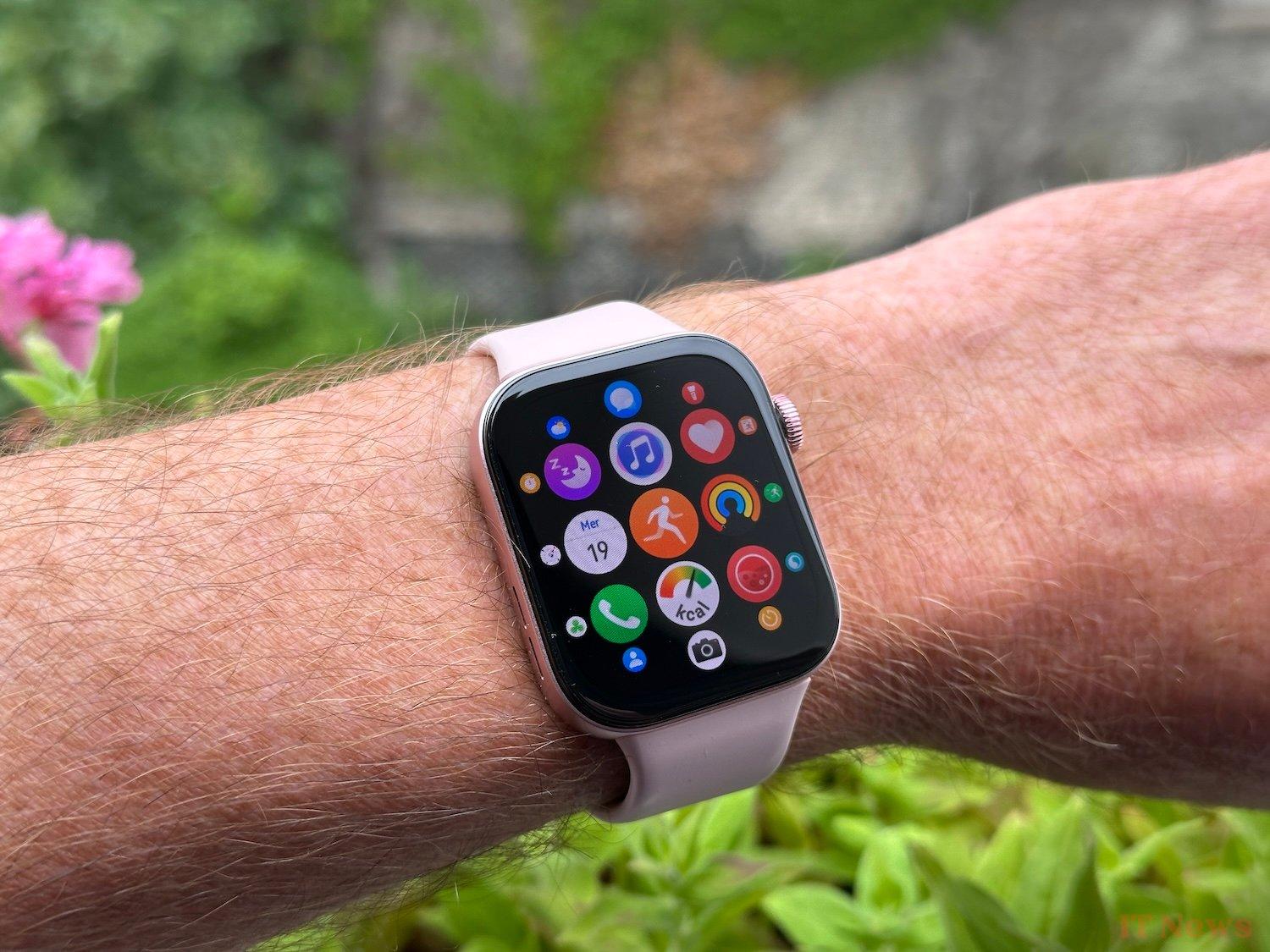
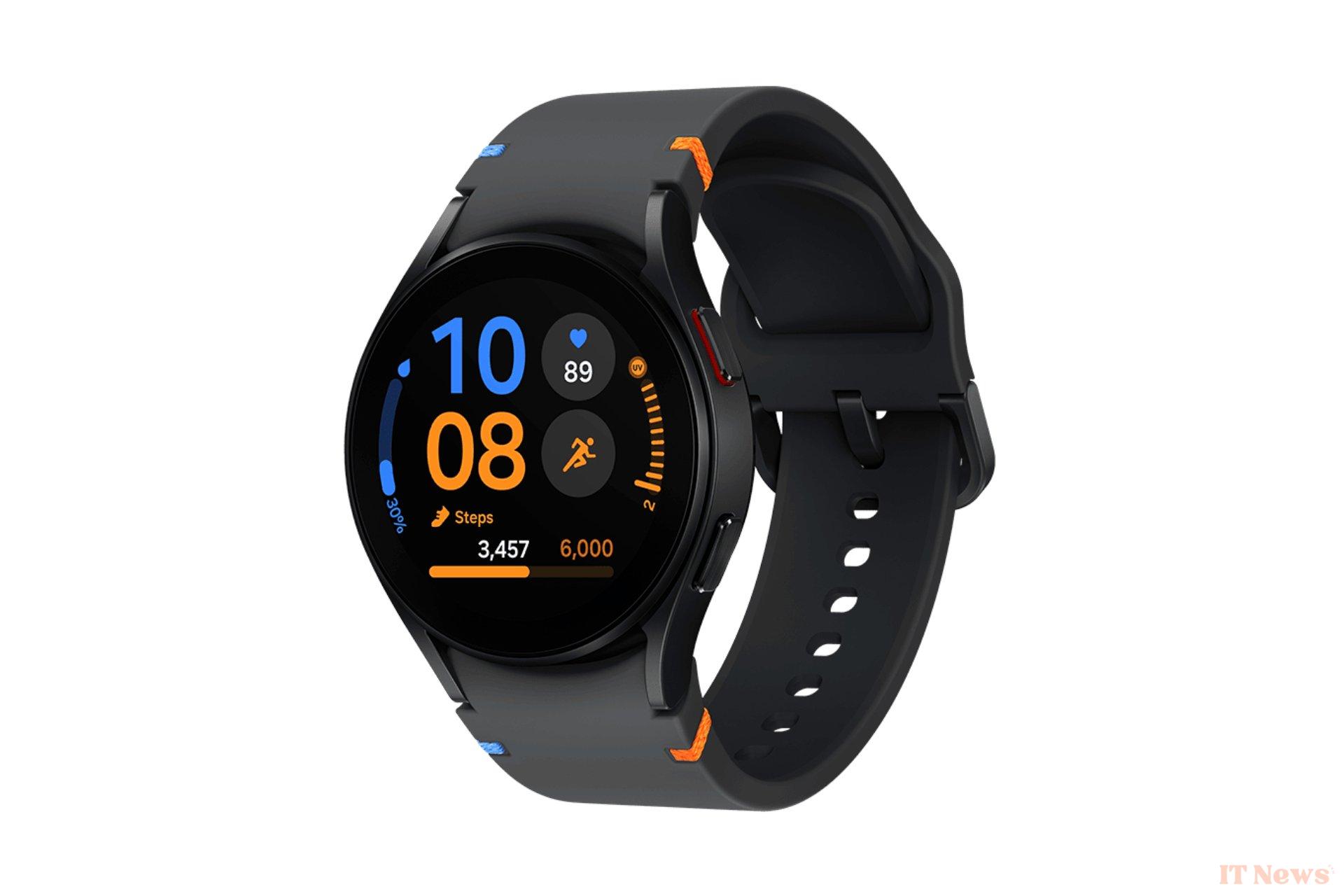
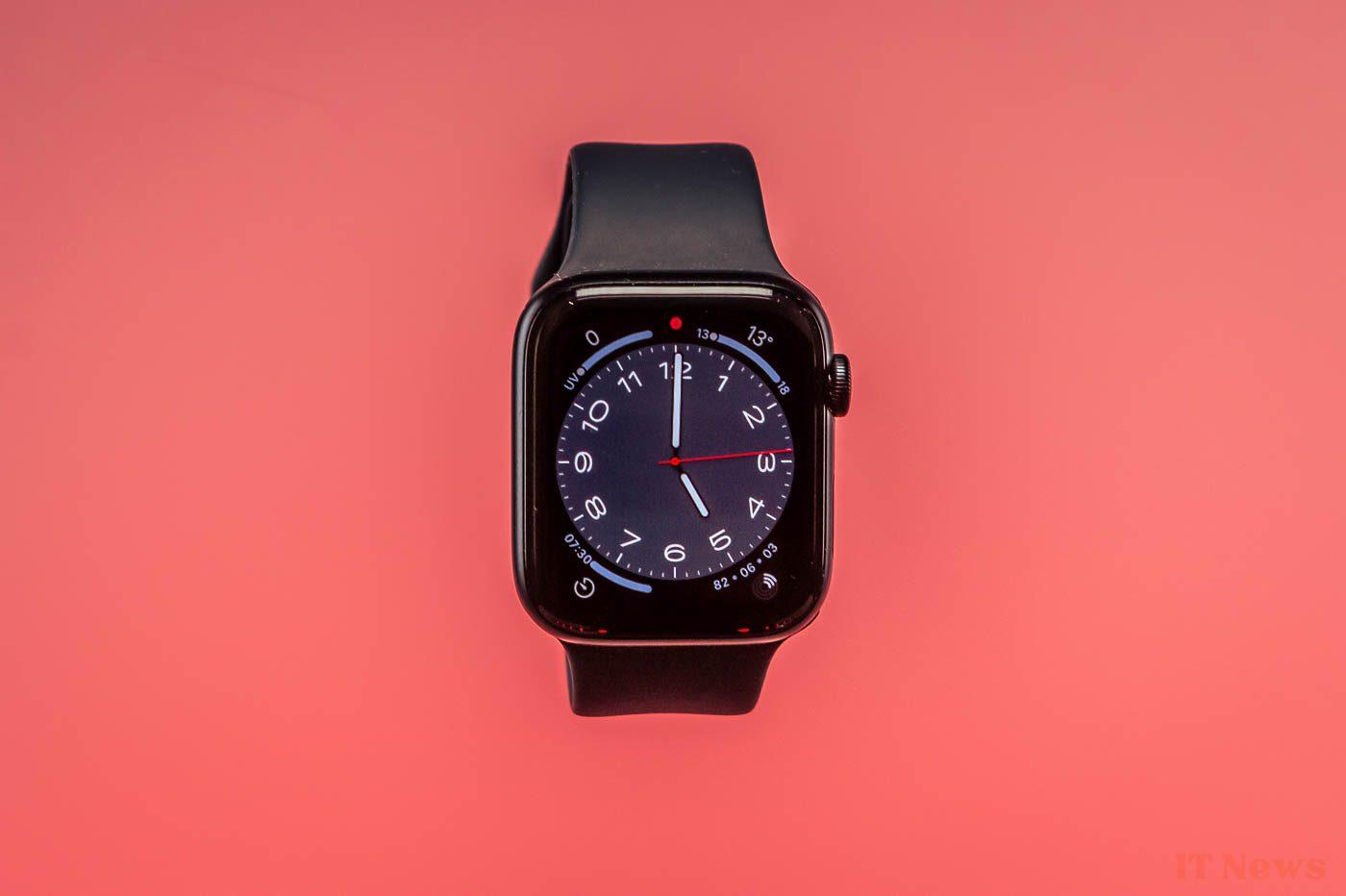
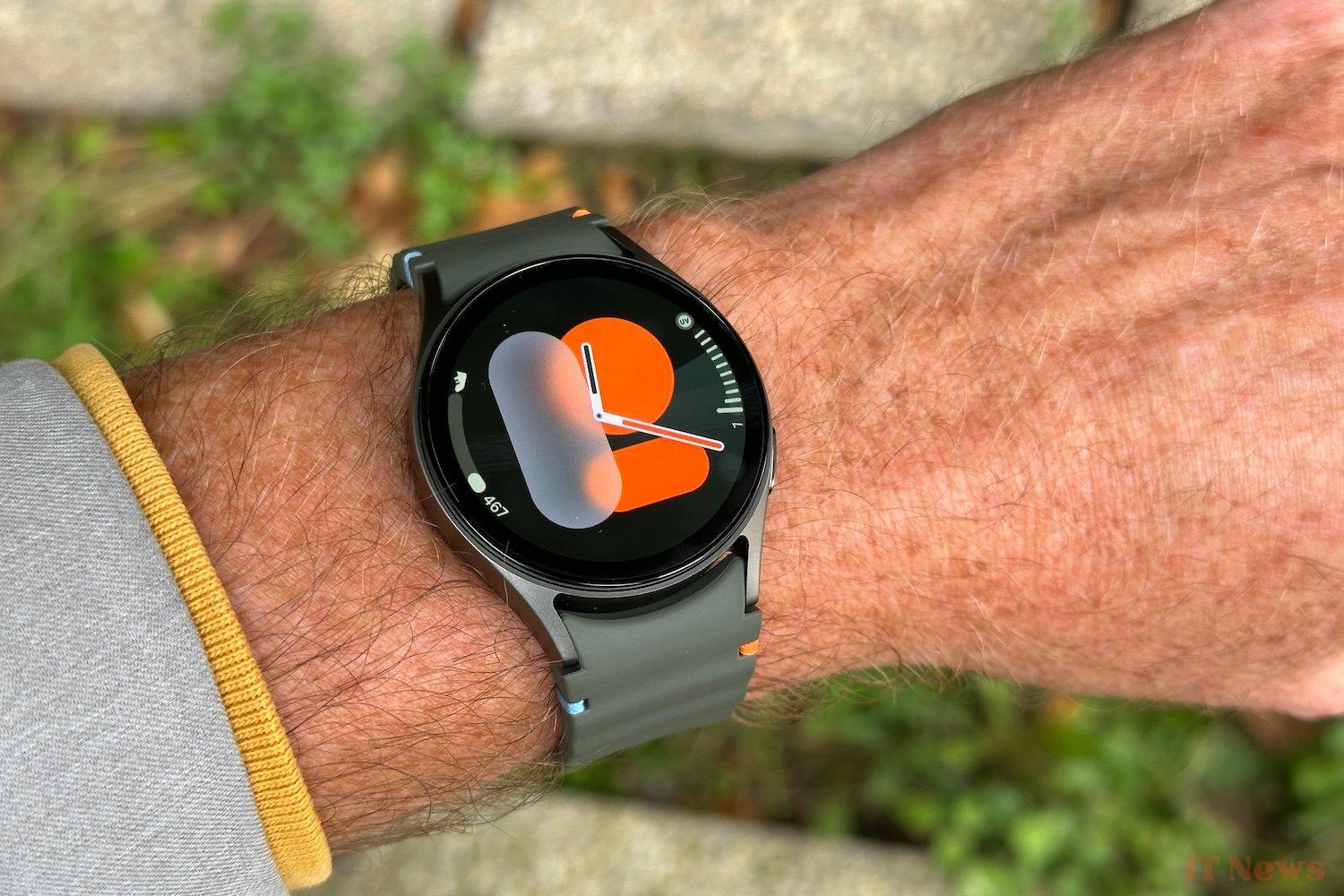
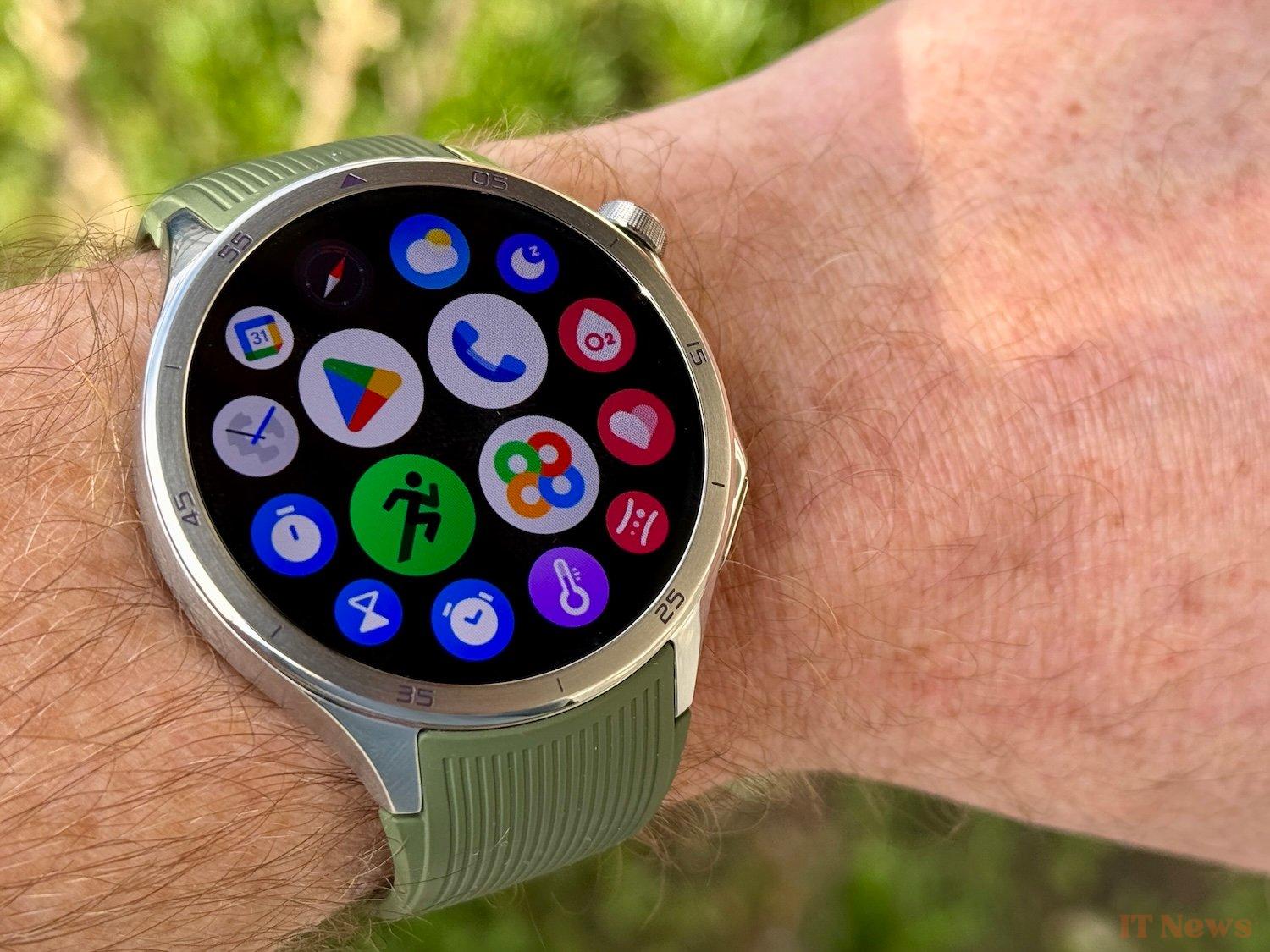
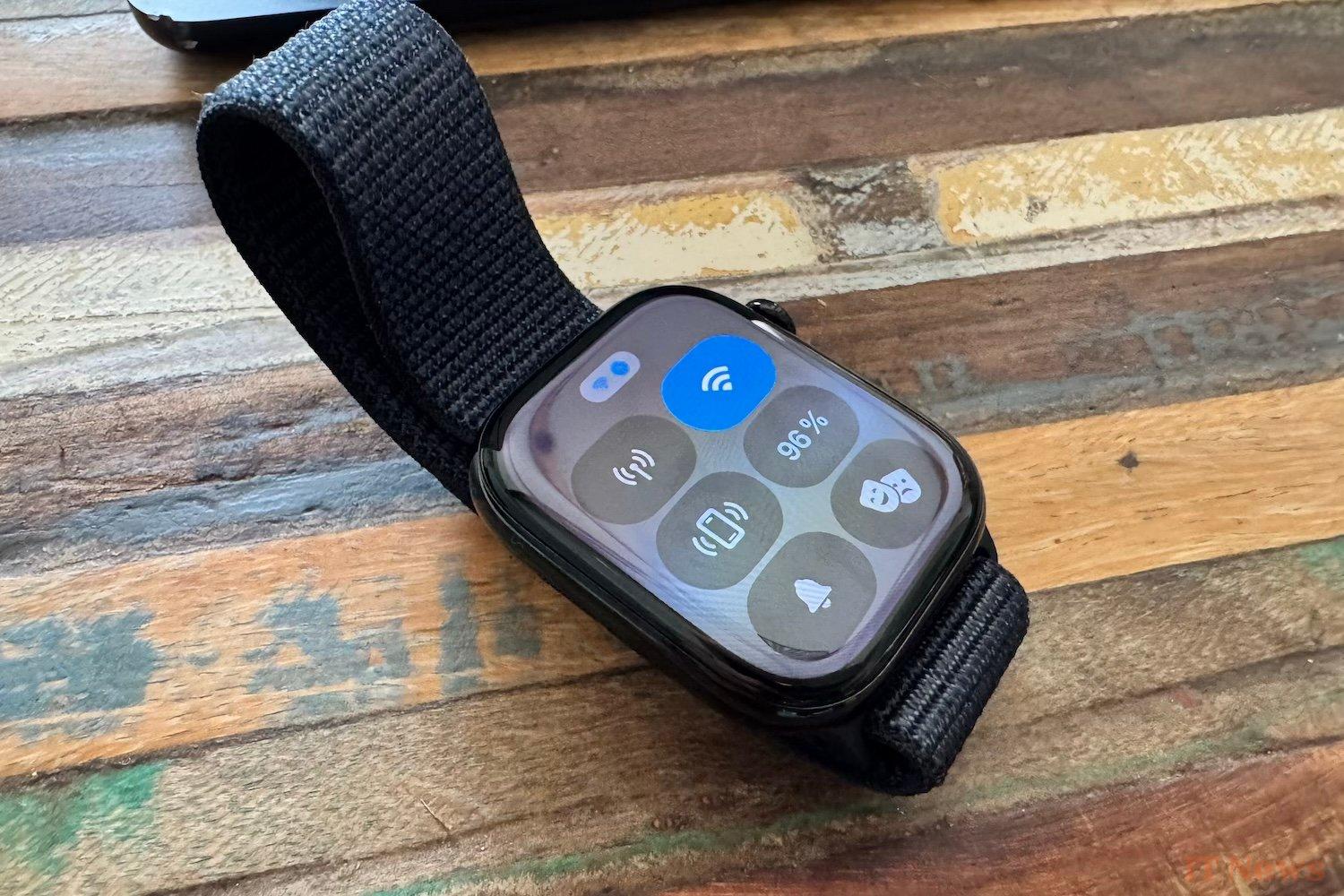
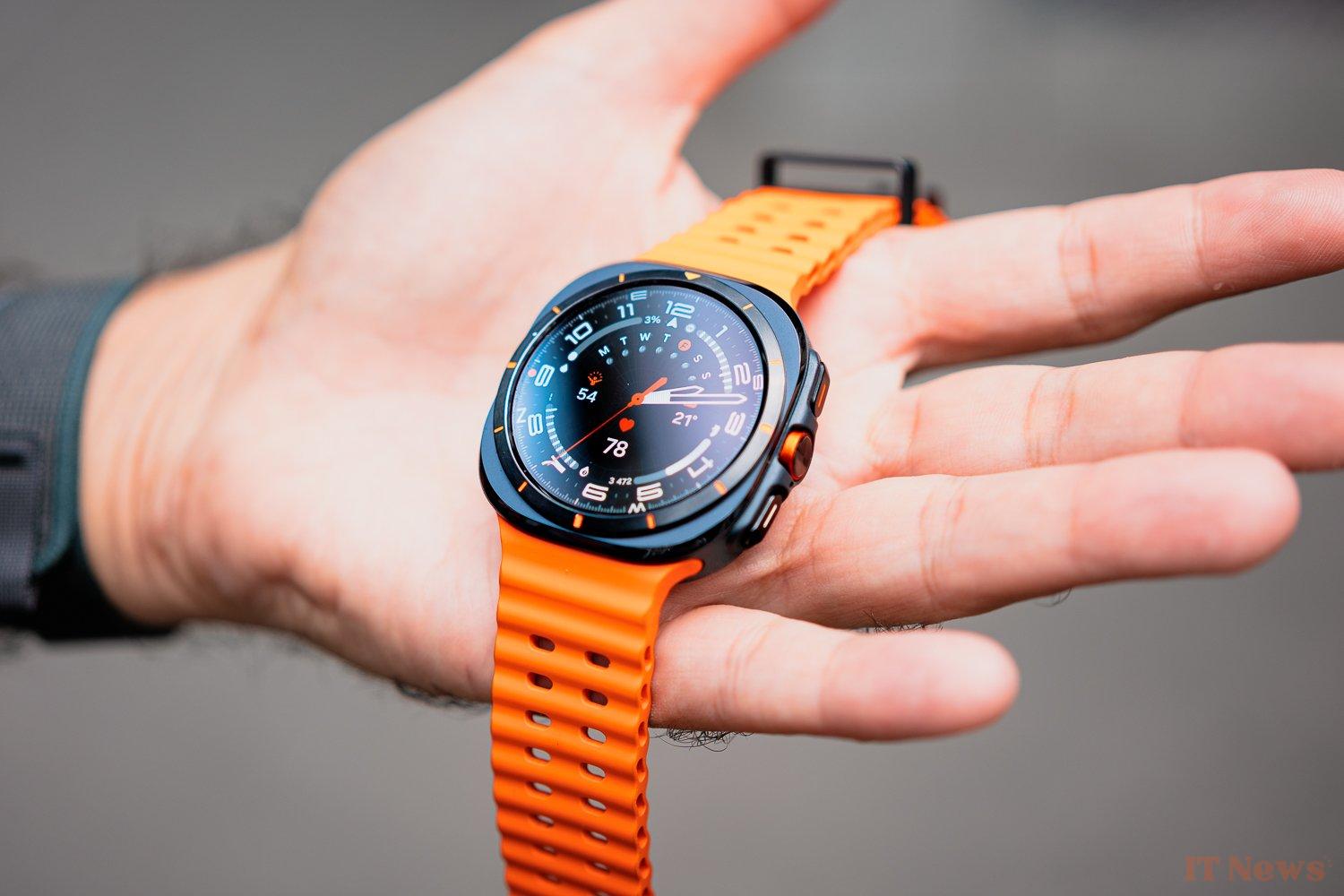
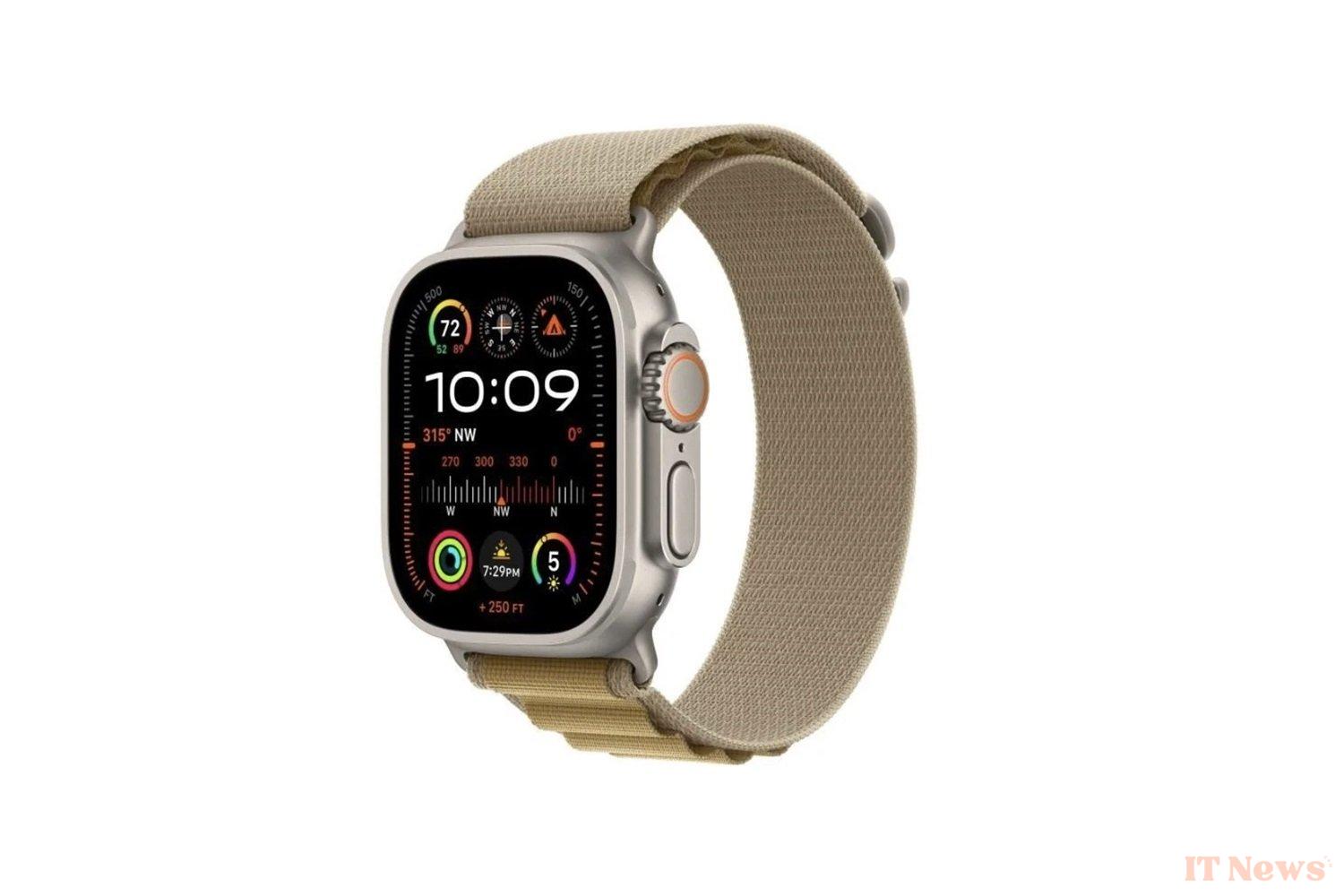
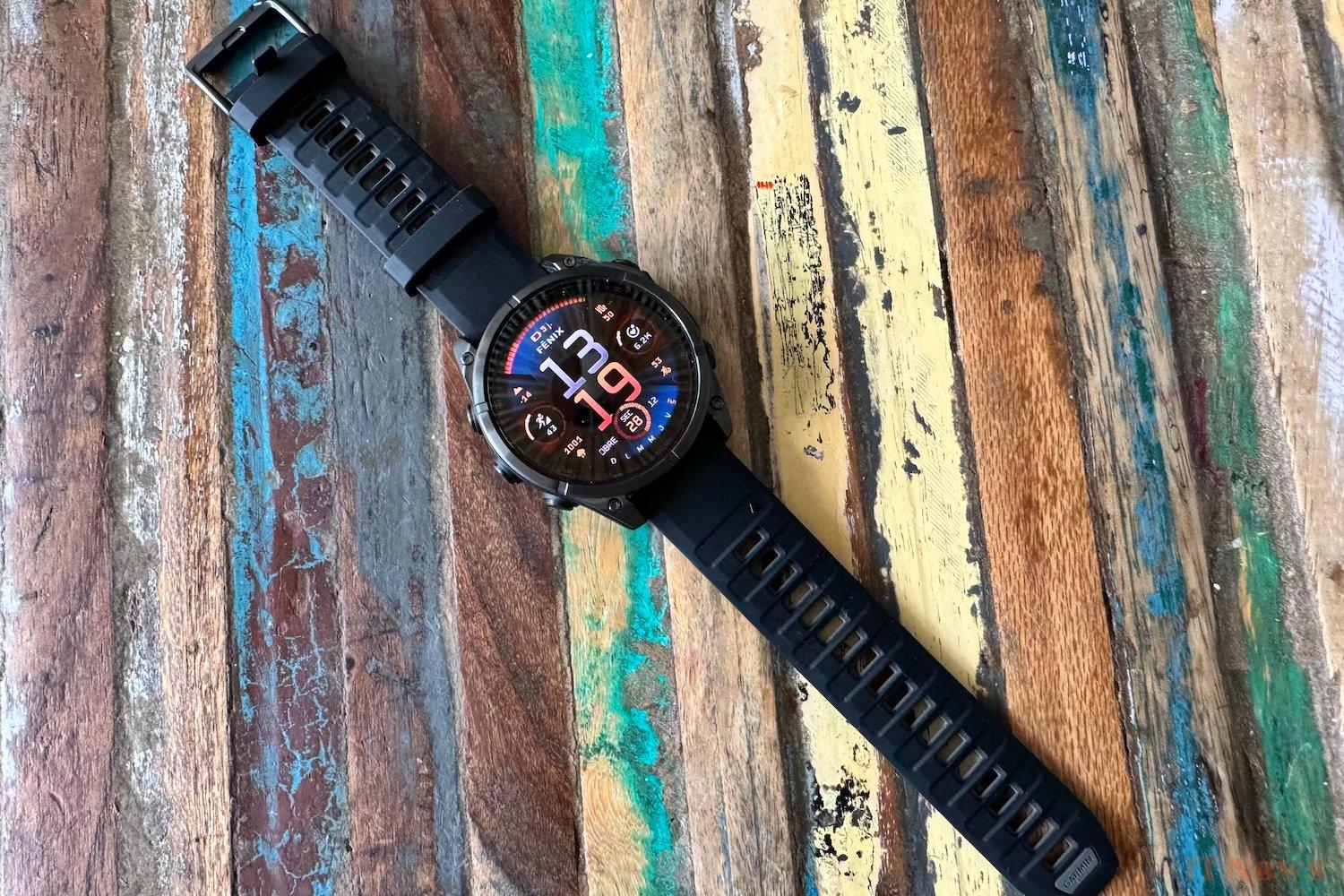

0 Comments